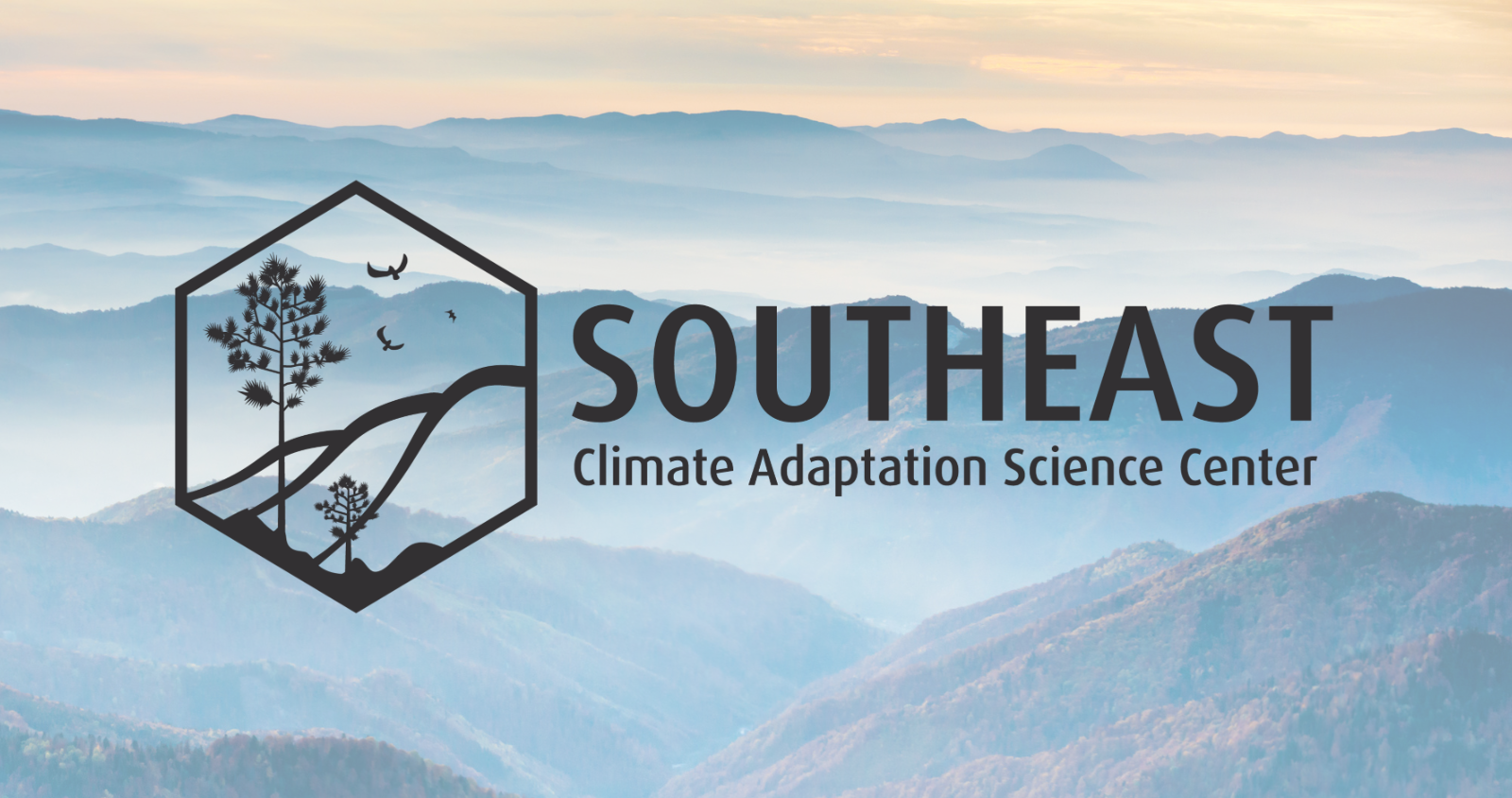SE CASC Glossary: What is Coproduction?

The Southeast Climate Adaptation Science Center (SE CASC) is one of nine regional CASCs across the United States and Territories. This blog series defines terms and concepts that are commonly used at the SE CASC with expert interviews and resources for deeper dives.
Co-pro·duc·tion
/kōprəˈdəkSH(ə)n/
Coproduction (also acceptable as “co-production”) has several definitions depending on the field of study using the term. Within the CASC network, coproduction is generally defined as “a process that brings together diverse groups to iteratively create new knowledge and practices” (Jagannathan et al., 2020).
This framework contrasts the imagery of a solitary scientist that is often used to portray how science is developed. Instead of this linear approach of independent researchers working in a closed space who then deliver findings to users, coproduction first identifies and creates a community of interested parties who represent different ways of knowing. Doing this ethically requires particular attention to the balance of power in decision making, assuring that all voices and perspectives have equal authority (read more about perspectives in ethical engagement here). Coproduction often requires a large investment in partnership engagement, relationship building, and establishing trust before any research takes place. Once developed, this partnership then creates research questions, develops methodologies, and crafts answers together.
Coproduction is regarded as more effective than the linear approach to take on “wicked problems.” These are large problems that do not, and will not, have one “solution” since they contain many changing variables and competing priorities. Rather, responding to wicked problems is a process of identifying and then rapidly adapting to new information as it emerges. Many of the problems brought on by global climate change fall under this wicked definition, and the CASCs work to better understand those variables and changes so that communities, managers, Tribal Nations, and planners can make better informed decisions now and into the future(s).
It is thought that coproduction is better suited to create products or science that is useful and used, and while this is supported by anecdotal evidence, research into effectively evaluating coproduction projects is still being developed.
The Southeast CASC created a guide that defines what strong partnership engagement does and does not look like to help teams write more competitive proposals. This incorporates several aspects of coproduction as described above.
Listen:
Learn more from Aparna Bamzai-Dodson about when coproduction should and should not be used in this podcast.
Watch:
- [VIDEO] Coproduction of Climate Science Knowledge. USGS. 2015.
Tools:
- A Toolkit for Coproducing Actionable Science to Support Public Land Management. Bureau of Land Management. 2024.
- Bamzai-Dodson, Aparna, et al. “Engaging with stakeholders to produce actionable science: a framework and guidance.” Weather, Climate, and Society 13.4 (2021): 1027-1041.
Literature:
- Meadow, Alison M., et al. “Moving toward the deliberate coproduction of climate science knowledge.” Weather, Climate, and Society 7.2 (2015): 179-191.
- Beier, Paul, et al. “A how‐to guide for coproduction of actionable science.” Conservation Letters 10.3 (2017): 288-296.
- Bremer, Scott, and Simon Meisch. “Co‐production in climate change research: reviewing different perspectives.” Wiley Interdisciplinary Reviews: Climate Change 8.6 (2017): e482.
- Jagannathan, Kripa, et al. “Great expectations? Reconciling the aspiration, outcome, and possibility of co-production.” Current Opinion in Environmental Sustainability 42 (2020): 22-29.
- Akerlof, K. L., et al. “What does equitable co‐production entail? Three perspectives.” Community Science 2.2 (2023): e2022CSJ000021.
- Bamzai-Dodson, Aparna, Amanda E. Cravens, and Renee A. McPherson. “Critical Stakeholder Engagement: The Road to Actionable Science Is Paved with Scientists’ Good Intentions.” Annals of the American Association of Geographers 114.1 (2024): 1-20.
